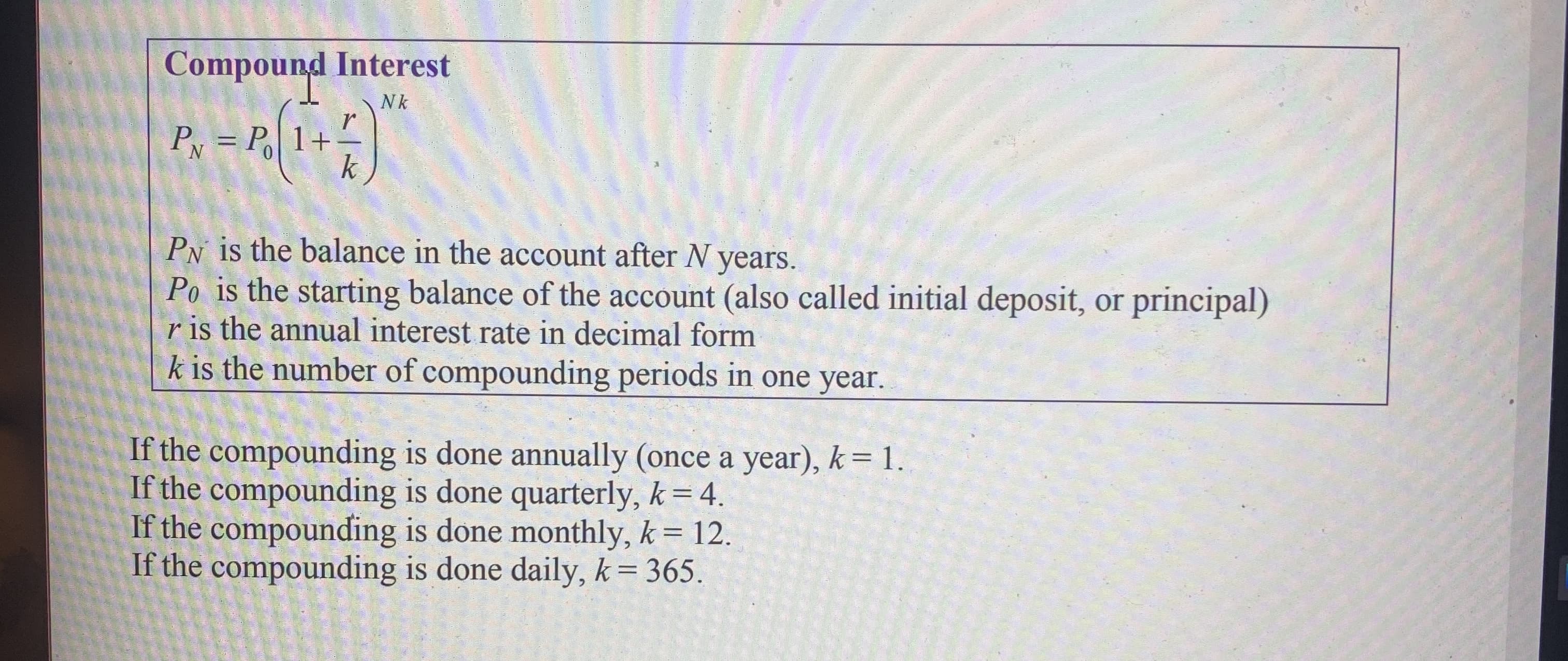Compound Interest Nk PN = P 1+ Py is the balance in the account after N years. Po is the starting balance of the account (also called initial deposit, or principal) r is the annual interest rate in decimal form k is the number of compounding periods in one year. If the compounding is done annually (once a year), k= 1. If the compounding is done quarterly, k = 4. If the compounding is done monthly, k = 12. If the compounding is done daily, k= 365. %3D
Unitary Method
The word “unitary” comes from the word “unit”, which means a single and complete entity. In this method, we find the value of a unit product from the given number of products, and then we solve for the other number of products.
Speed, Time, and Distance
Imagine you and 3 of your friends are planning to go to the playground at 6 in the evening. Your house is one mile away from the playground and one of your friends named Jim must start at 5 pm to reach the playground by walk. The other two friends are 3 miles away.
Profit and Loss
The amount earned or lost on the sale of one or more items is referred to as the profit or loss on that item.
Units and Measurements
Measurements and comparisons are the foundation of science and engineering. We, therefore, need rules that tell us how things are measured and compared. For these measurements and comparisons, we perform certain experiments, and we will need the experiments to set up the devices.
Compound Interest:
- You deposit $300 in an account earning 5% interest compounded annually. How much will you have in the account in 10 years?
- How much will $1000 deposited in an account earning 7% interest compounded annually be worth in 20 years?
- You deposit $2000 in an account earning 3% interest compounded monthly.
- How much will you have in the account in 20 year?
- How much interest will you earn?
- You deposit $10,000 in an account earning 4% interest compounded monthly.
- How much will you have in the account in 25 years?
- How much interest will you earn?

Trending now
This is a popular solution!
Step by step
Solved in 2 steps with 2 images









